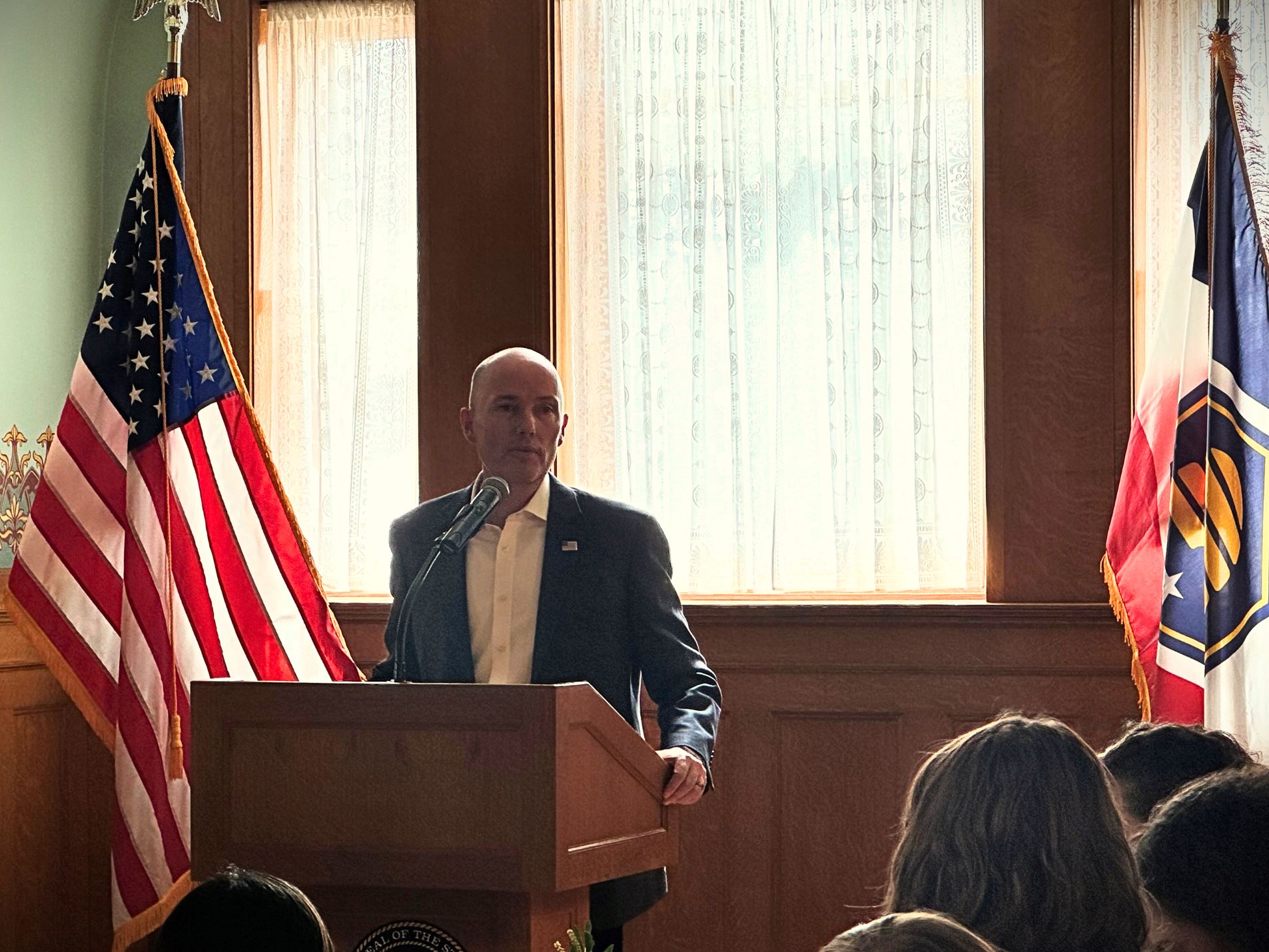In response to public calls for policing reforms and in the wake of recent high-profile civilian deaths due to the use of force by police officers, many Governors and state leaders convened statewide discussions and made changes to law enforcement and policing policies in their states.
Summary of Key Themes
As Governors continue to engage with local leaders and their communities to examine policies and practices related to law enforcement and policing, the NGA Center has compiled a summary recent state-level actions.
Key themes from Governor action related to law enforcement reform include:
Improving oversight and addressing law enforcement misconduct. Governors sought to revise policies and provide independent mechanisms to investigate complaints, hold officers accountable for misconduct, and remove legal barriers to accountability. For example, several states have amended their state qualified immunity statutes. State leaders also identified the need to collect disciplinary data and ensure transparency for law enforcement agencies within and across states. This included creating and empowering civilian oversight and review boards as well as increasing community members’ engagement in the development of standards and protocols.
Enhancing law enforcement personnel, training, and certification requirements. Many Governors sought to address law enforcement personnel policies and practices, including improving hiring and recruitment practices to increase diversity and representation, and address training and certification challenges. A number of states increased requirements for implicit bias training and mandated crisis intervention training. Governors also recognized the need to track decertification of officers. As such, certain states are developing processes for the collection and sharing of officer decertification data.
Changing policing practices and tactics. Many Governors took executive action to prohibit the use of certain police practices such as chokeholds or other physical restraints. Many states looked to develop and amend specific use of force standards as well as review protocols for protest policing. Governors also sought to mandate the use of body-worn cameras by law enforcement officers.
Fostering community engagement and building public trust. Governors and state leaders also crafted strategies to improve law enforcement-community interaction through increased engagement, transparency, and implementing community policing initiatives.
Leveraging task forces to ensure a racial equity lens. A number of Governors convened task forces and commissions with a broad scope of examining barriers to justice and strategies for racial equity. These task forces made recommendations for law enforcement reform as well as policies addressing racial equity within other areas of reform, such as the criminal justice system, education, housing, economic opportunity, etc.
Building partnerships and initiatives across systems. Many Governors, along with other state and local leaders, are convening discussions to identify and address barriers and opportunities to increase access to services, supports, and funding across disciplines that may promote the state’s broader criminal justice and public safety goals. To this end, state leaders are engaging in a variety of cross- disciplinary and strategic partnerships to further these efforts, including public safety agency partnerships with behavioral health, public health, education, and workforce entities.
View an overview of Governor actions in the full memo.
Briefing: State Actions in Policing Reform
NGA, NCSL and NCJA provide an overview of state and territorial actions in policing reform.












